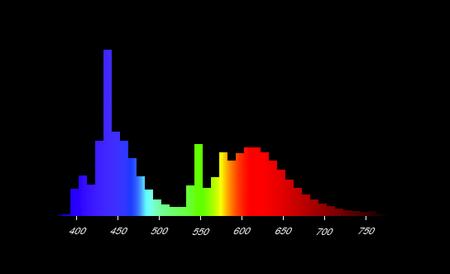This is getting so complex..lol But I'm the type of person who needs to do and see for myself to fully understand..

Aren't you a bit afraid of short circuit when doing the wiring? Looking at some DIY
I've noticed that you even have to install the power plug. That kinda scares me
a lot...
Silvan, I don't think short circuit is an issue. When wiring, you shouldn't have anything plugged-in!

oke:
I use solder, then
liquid tape and
rubber self-sealing tape. The rubber style tape is much better than the vinyl electrical tape. I used something similar for repairing wiring harness in the engine compartment (of an old car) about 20 years ago, and it hasn't failed.
If you are worried about the LED terminal is exposed (the place where you attach + and - wires to the LED), you can paint it with the liquid tape. Then nothing is exposed to cause short circuit.
The LSG LED fixture you saw is one of the most efficient models according to
this test. The test confirmed that the claimed output is true. You get 1.64 micromoles/J (larger number means more photosynthetically relevant light produced for a given amount of electrical energy consumption), the efficiency of fluorescent light is 0.84 micormoles/J, and the top HPS is around 1.7 micromoles/J. The article says the price is around $1200.
But you are right, it might be a bit too much for our purpose. It is better to have more fixtures with less power (so you can get more even light, and more illumination to the lower leaves).
Passive cooling is nice because it doesn't make noise. But it is much more expensive since you need huge heatsinks and you need to use lower current (meaning you need lots of LEDs). I think if it is well designed, it shouldn't burn out.
One disadvantage of active cooling is that, fans can break down, and LEDs can overheat. Some of them may have overheating protection, but mine doesn't. The other issue with active cooling is that it may be more difficult to get water proof certificate (i.e. in a large commercial greenhouse, they may require these certificate).
Some people use CXA3070 with passive cooling. But it is too expensive for me.
Tyrone, if you are looking for the action spectra of photosynthesis for land plants (I don't know where Elodea figure is from), you can check
Inada, K. 1976. Action spectra for photosynthesis in higher plants. Plant & Cell Physiology 17: 355-365
McCree, K. J. 1971/1972. The action spectrum, absorptance and quantum yield of photosynthesis in crop plants. Agricultural Meteorology, 9:191-216
I think you are in an academic institution, so you can get them there. But if you can't get them, you can email me.
Some basic textbooks seem to have a bit sketchy figure about the action spectra (or confused it with absorption spectra).








